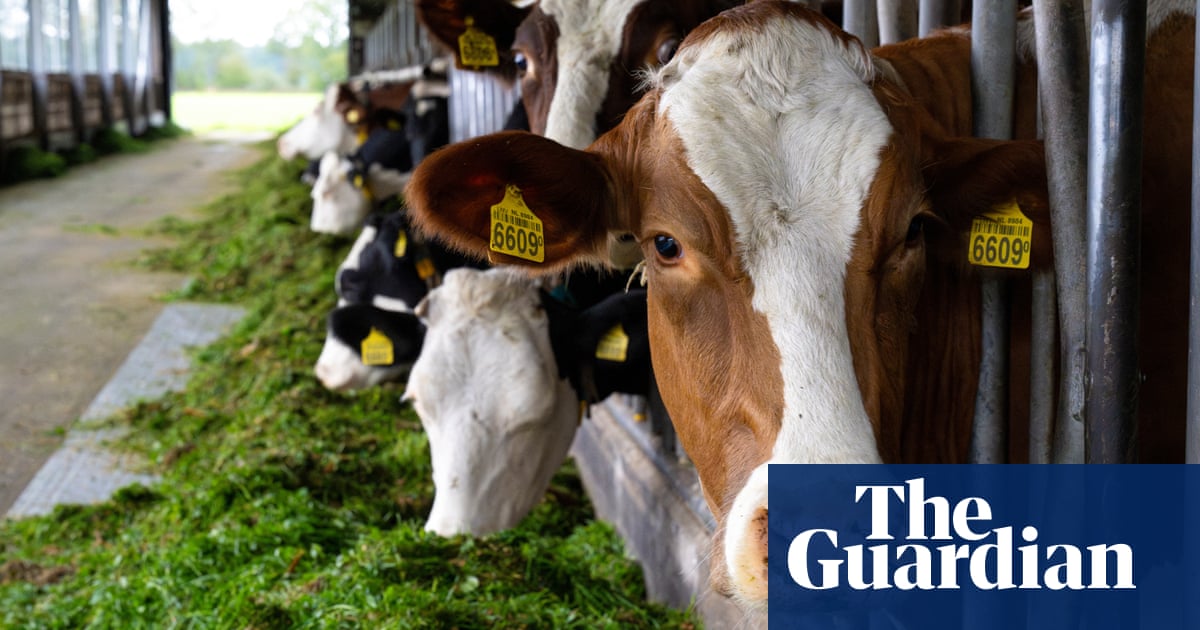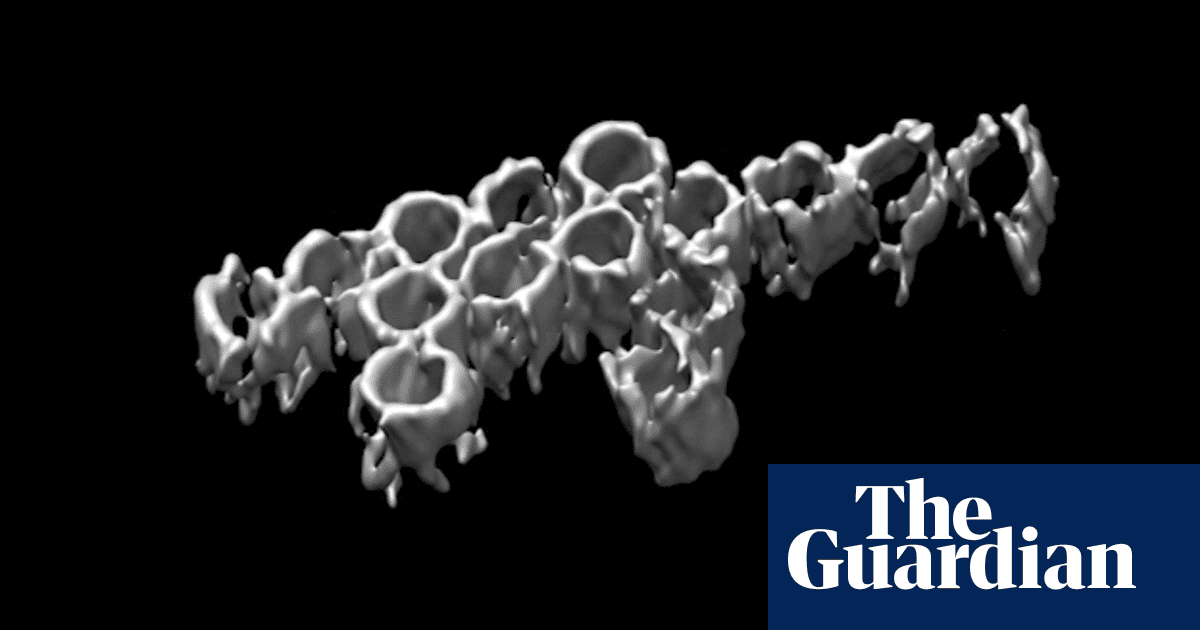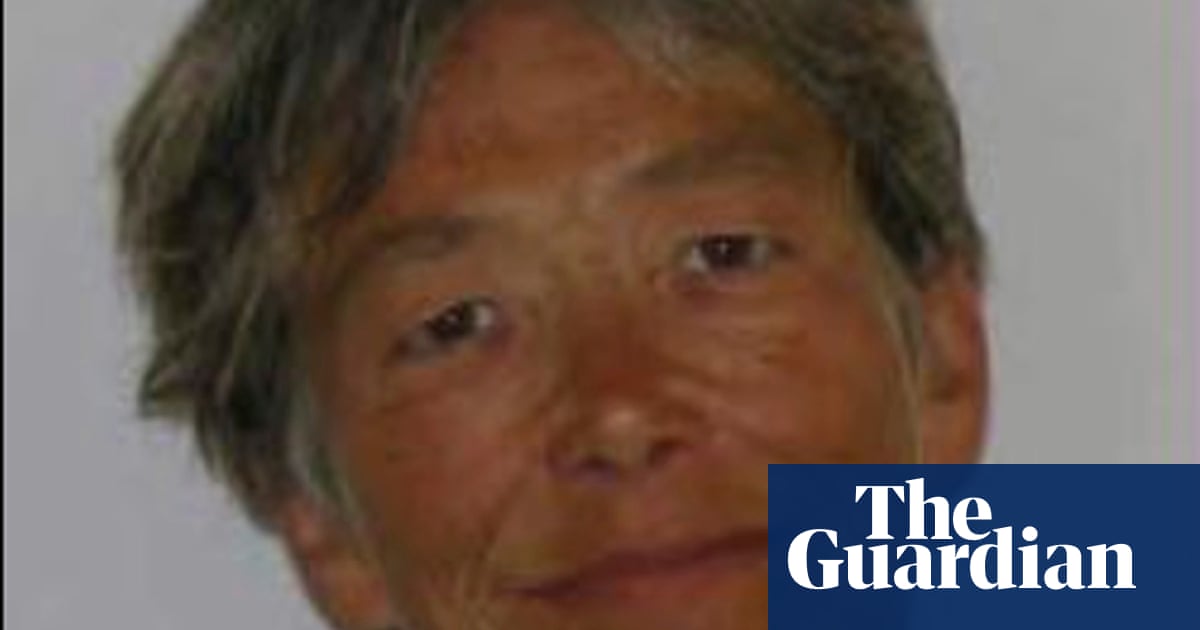When Coen van den Bighelaar first spoke to school friends about taking over their parentsâ dairy farms, he was the only one of the four to voice serious doubts. Fresh out of university, he was making more money in a comfortable office than his father did toiling for twice as long in the field.
But six years later, Bighelaar has followed in his parentsâ footsteps, while his friendsâ enthusiasm has waned. One quit farming to take a job in logistics. Another opened a daycare centre to supplement the income from selling milk. A third is thinking about buying land and moving to Canada.
âItâs really hard,â says Bighelaar, a fourth-generation dairy farmer in the Netherlands who feels a mix of hope and fear about the future. âA lot of young farmers quit because they donât see any perspective.â
Thousands of small and medium-sized farms in Europe shut up shop each year, unable to survive from selling food at the dirt-cheap prices that big competitors offer. The brutal economic situation has inflicted misery on farmers who struggle to turn a profit and forced some to give up or look for alternative streams of revenue.
MaÅgorzata Maj, who runs a guest house on her parentsâ 20-hectare sheep farm in south-west Poland, says most of her income now comes from tourists. The profit margins on sheep are so small that âwe wouldnât be able to surviveâ without guests, she says.
The average income on European farms is rising but so, too, is the earnings gap between the biggest and smallest farms, a Guardian analysis of pay data found on Friday. Agricultural economists say the death of small farms is being driven by economies of scale and leaps in technology that big farms are more able to embrace. They can spread capital costs such as large tractors and milking robots over more crops and animals, allowing them to sell at prices that small farms canât match.
âWe would need to have hundreds of hectares of land and breed thousands of sheep to be able to get a proper income,â said Maj, who remembers the stress her parents experienced trying to support a family of seven from farming. âAs kids, we didnât realise how difficult it is.â
Small farmers who try to expand or modernise also face hurdles. They say they struggle to get loans that would let them make the investments needed to compete with industrial farms.
âBanks usually donât like to give credit to farmers,â says Carlos Franco, a blueberry farmer near Lisbon. âIf you have a pig they can give you a sausage – but the opposite is not possible. Itâs very difficult for people to begin without assets to give as collateral.â
Franco, who comes from the city but has fond memories of his grandfatherâs farm in the country, says he started his own farm eight years ago and expects to break even this year for the first time. If he had been able to secure a big loan from the beginning, he says, he could have bought an automated pumping system that would have helped him hit that point in half the time.
Big farms have more capital, and tend to be less reliant on a single product than small farmers, says Franco. âThey donât put all their eggs in the same basket.â
The income crisis among small farmers helped fuel violent protests at the start of the year that farming lobbies used to rail against rules to protect nature and cut pollution. Environmental campaigners argue that big farms exploited public sympathy for small farmers to reject green measures the rest of the sector could afford.
Some small farmers see both sides. Bighelaar, who works on his parentsâ 60-hectare dairy farm, says the investments needed to comply with environmental rules are, indeed, expensive â and thus more palatable on a big farm than a small one. If he had to invest â¬100,000 in technology to reduce nitrogen pollution, he says, it would be easier to stomach if he could spread the costs over 200 cows rather than the 125 he has.
after newsletter promotion
âFor small farms and middle-size farms, itâs way harder to join in this transition,â says Bighelaar. âWe want to join ⦠but itâs not possible for us because our size is too small.â
Stakeholders from across the food supply chain agreed in September on the need to reform the EUâs farm subsidy scheme, which hands out more money to bigger farms. They proposed solutions such as supporting farmers based on their needs and creating a just transition fund to help them reduce their environmental footprint.
Some farmers say they have taken steps toward sustainable practices without costly loans and investments. Airi Kylvet, an organic beef farmer in Estonia, says she has invested in her knowledge of cows and land rather than in expensive machinery â but that the administrative burden is still a huge source of stress. âThere are a million officials who control us and deal with only one sector of the system. But the farmer has to know it all.â
âIf you want to be a successful farmer you have to be really wise,â she says. âThere are a lot of farmers who are good at farming but not good at dealing with all this bureaucracy.â
But even as small farmers voice fears about environmental rules becoming more onerous, they also worry about extreme weather growing more violent. Maj was hit by the heavy rain that devastated central Europe last month, destroying half a hectare of her land. Franco says the âincredibly hotâ weather that has scorched Europe in recent years has made his blueberry plants rot and burn. Studies show both weather extremes were made worse by pollutants heating the planet, about a quarter of which come from food systems.
Despite all the stresses, Franco says, he takes pleasure in seeing plants bloom and bees buzz when he works in the fresh farm air. âIn Portugal, we say: agriculture is a way of becoming poor but happy.â



